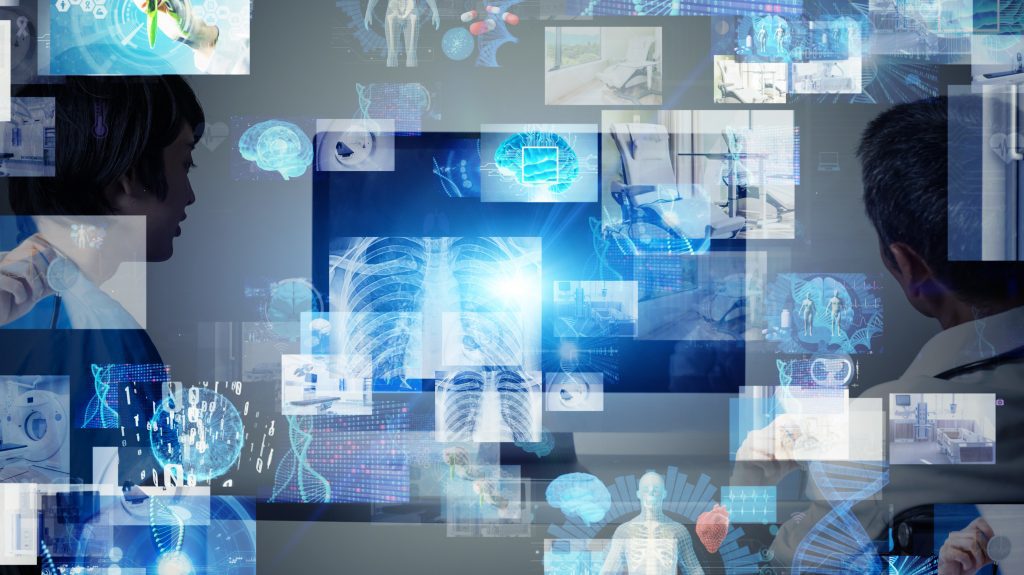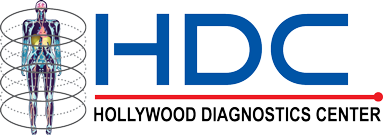
Bone density measurements are typically used to diagnose osteoporosis. Osteoporosis is a condition marked by decreased bone mass. A bone density scan, also known as a DEXA scan is defined as a painless procedure that involves lying on your back on an X-ray table so that the bone on an area of your body can be scanned.
The scan is used to see how well osteoporosis treatments are working, and to predict how likely the bones are to break. Low bone density can occur in patients that are being treated for cancer.
No special preparations are needed. You may even be able to remain fully clothed, depending on the area of your body being scanned. You will need to remove any clothes with metal fasteners, like zippers, hooks, or buckles. In some cases, you may need to wear a gown.
The Scan Procedure
When you are getting scanned, you will not need to go through a tunnel or have an injection. In fact, you lie flat on your back, on an open X-ray table. It is important to keep very still during the scan. This is to ensure that the images are not blurred. The scan is usually carried out by a radiographer. A radiographer is a specialist in taking X-ray images.
During the procedure, a large scanning arm will pass over the body to measure bone density in the center of the skeleton. As the scanning arm is moved slowly over the body, a narrow beam of low-dose X-rays is passed through the part of the body being examined.
The part of the body typically scanned is your hip and lower spine to check for weak bones. But as bone density varies in different parts of the skeleton, more than one part of the body may be scanned. The forearm may be scanned for certain health issues, such as hyperparathyroidism, or if scans are not possible in the hip or spine.
Some of the X-rays that are passed through your body will be absorbed by tissue, like fat, and bone. An X-ray detector inside the scanning arm measures the number of X-rays that have passed through your body. That information will be used to produce an image of the scanned area. The scan takes around 10 to 20 minutes, and you will be able to go home after you have had it done.
The Results of the Scan
A bone density scan compares your bone density with the bone density expected for a young healthy adult or a healthy adult of your own age, gender, and ethnicity.
The difference is calculated as a standard deviation, also known as a (SD) score. This measures the difference between your bone density and the expected value.
The difference between your measurement and that of a young healthy adult is known as a “T score”. The difference between your measurement and that of someone of the same age is known as a “Z score”.
The World Health Organization (WHO) classifies T scores in this way:
- above -1 SD is normal
- between -1 and -2.5 SD is defined as mildly reduced bone mineral density (BMD) compared with peak bone mass (PBM)
- at or below -2.5 SD is defined as osteoporosis
If your Z score is below -2, then your bone density score is lower than it should be for someone of your age.
Although the results provide a good indication of bone strength, the results of a bone density scan do not necessarily predict whether you’ll get a fracture. For example, someone with low bone density may never break a bone, whereas someone with average bone density may have several fractures. This is because factors, such as age, sex, or whether you have previously had a fall, also determine the likelihood to sustain a fracture.
If you live in South Florida, or specifically the city of Hollywood, and are in need of a bone density scan, or any medical imaging, then call the Hollywood Diagnosticss Center today! Medical professionals are ready to assist you with all of the tests and procedures that you need to get your health in order. All of the staff is friendly and ready to answer any questions you have regarding any medical imaging technologies and procedures. Call the Hollywood Diagnostics Center at Phone: (954) 966-3600 today!
